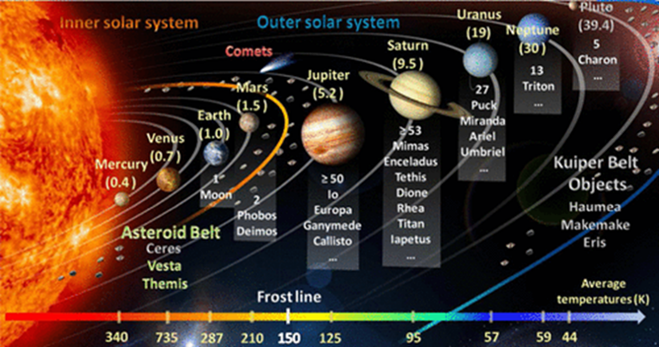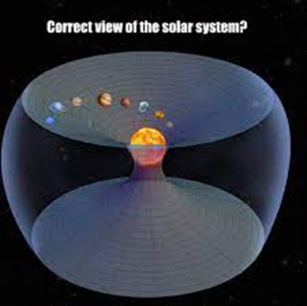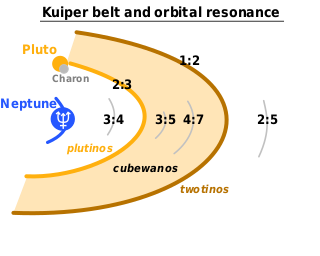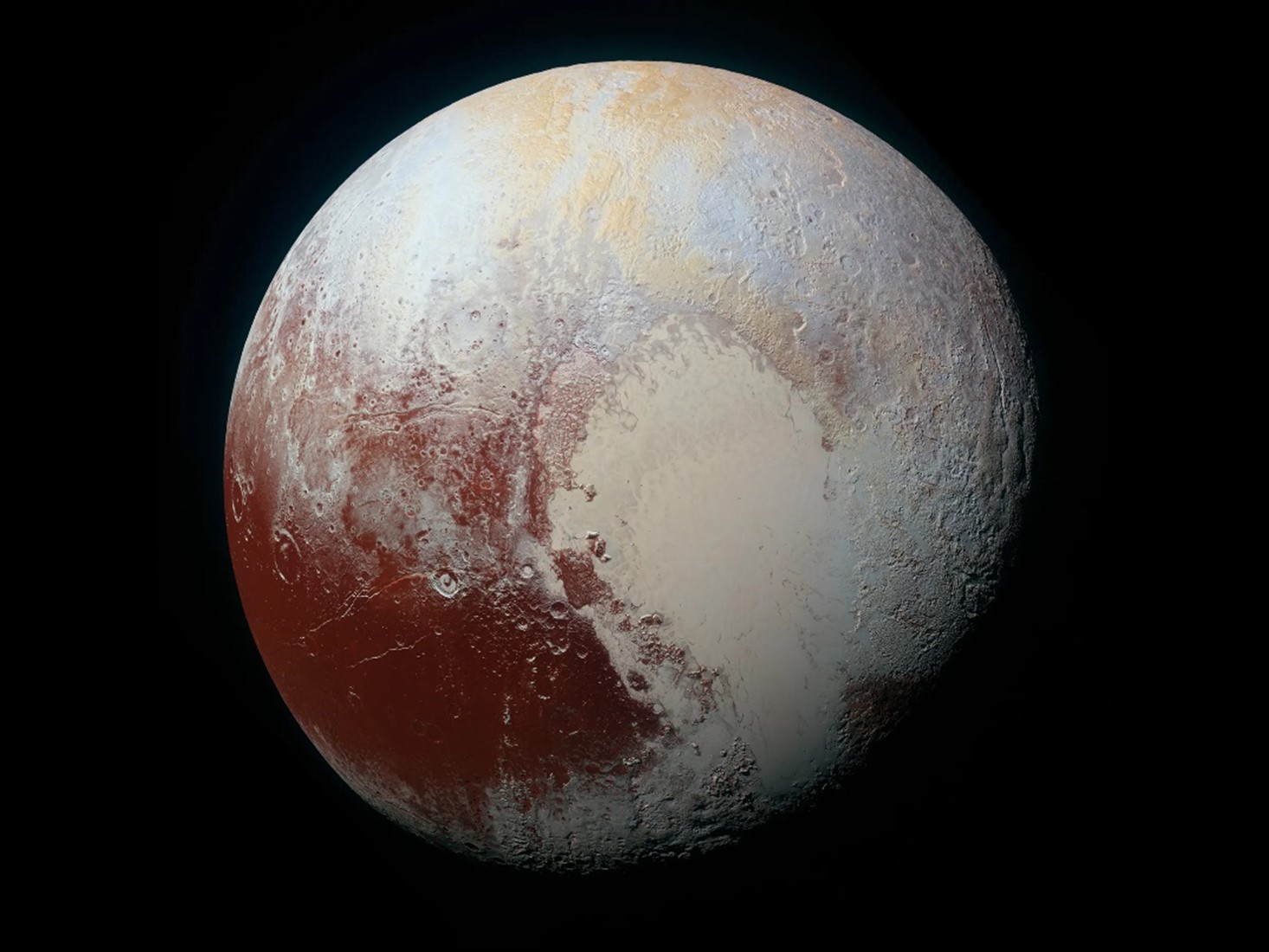The Kuiper Belt

An astronomer proposed the existence of a disk-shaped area outside Neptune’s orbit in 1951. It was only in 1992 that the existence of such a region was identified. Its name and size, like Pluto’s was, is controversial. It is a large region in the cold, outer reaches of our solar system beyond the orbit of Neptune. It’s sometimes called the “third zone” of the solar system.
The Kuiper Belt and the closer Asteroid Belt are both donut-shaped. That means they are torus-shaped which is a very different shape from a belt. The torus is a symbol of the continuous cycle of creation and destruction, birth and death, and the eternal nature of existence. How appropriate that is for our dwarf planets’ energy, even more so for the many binary ones!
Torus is the shape of the magnetic field around our bodies, the shape of the magnetic field around Earth and the Kuiper Belt where Pluto resides.


(The torus structure is part of sacred geomentry. Sacred geometry is essentially the study of the spiritual meaning of various shapes so it naturally fits here.)
Torus structures produce a family of nested, almost elliptical orbits. These orbits, with the center of mass (the sun) at one focus, have a range of eccentricities and are inclined to the principal plane of the torus. Dwarf planets have an “anti-collision feature” from the nature of the rolling torus. This process occurs in everything – from atoms, life forms and cosmic bodies.
People have observed the similarity of the roll of a smoke ring, and the roll motion of the torus. It is noticeable that smoke rings are remarkably immune to disruption from a jabbing finger. They may distort but seldom break.
There are times I wonder if the torus structure is the correct view of our solar system.
Pluto was the first of a whole group of plutoids in the Kuiper Belt still being discovered yet the Kuiper Belt holds more.
What are cubewanos and twotinos and what do they have to do with Neptune? The orbital resonances shown below are as important to astronomers as aspects are to astrologers.


And there is more to come.
